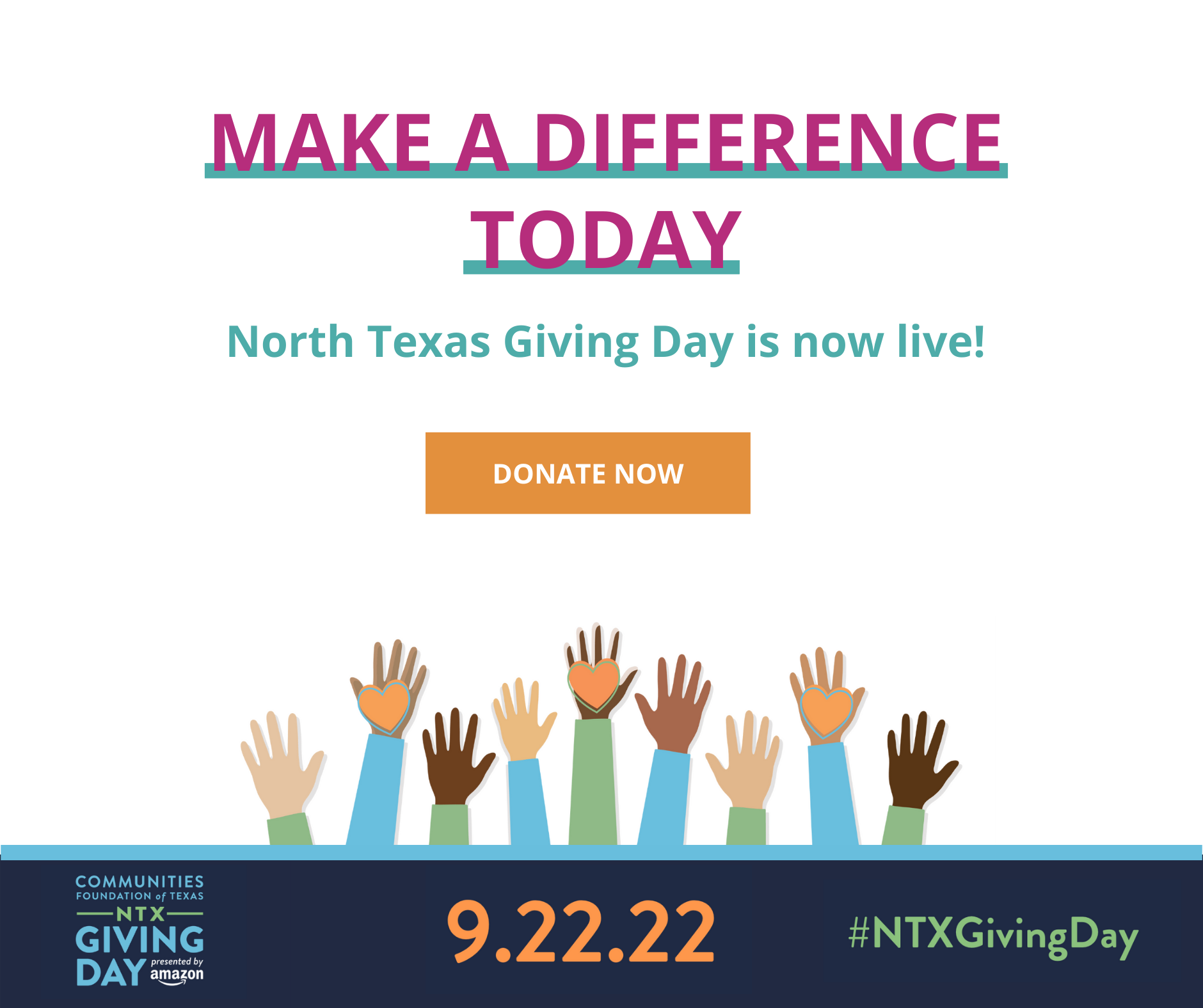Where Science Meets Policy
Child Protection Research
Touchpoints for Addressing Substance Use Issues in Home Visiting: Phase 1 Report (Office of Planning, Research & Evaluation – OPRE)
“Minimal research has focused on the ways home visiting programs can effectively engage and support families affected by substance use issues. This report describes what is known and what needs to be learned about this topic based on a literature review and review of current practices around six ‘touchpoints’ and four ‘implementation system inputs.’”

TexProtects’ Takeaway: The Family First Prevention Services Act (FFPSA) presents unprecedented opportunity to expand home visiting programs to better meet the needs of families at risk of entering the foster care system. By preventing, identifying, and addressing behavioral health, these programs can put families on a safer and more secure trajectory. With 68% of removals linked to substance use, we must do better at providing families with help before a crisis occurs.
This brief uses a new pilot, National Outcome Measure of Healthy and Ready to Learn, to “understand how family characteristics, the activities in which families engage, and their neighborhood circumstances are associated with preschool children’s health and readiness for learning.” The authors found that strong family characteristics, healthy parents, and supportive neighborhoods all play a role in being ready to learn.

TexProtects’ Takeaway: Protecting children means supporting the families and neighborhoods in which they live! A parent’s physical health and mental health as well as the presence of anger, routine, or family strength all impact a child’s health and school readiness.
Continuity and change in the home environment: Associations with school readiness (Korucu, I. & Schmitt, S.)
“This study examined the continuity and change in the level of the quality of the home environment across ages 3 and 5 and its association with school readiness outcomes (i.e. attention regulation, language skills, social–emotional skills) at age 5.”

TexProtects’ Takeaway: The quality of the home environment influences a child’s development and learning. Even during change and instability, families with protective factors and responsive relationships can help children develop healthy social emotional skills and executive function for success in school and life.
Child Protection Policy
Top Federal Child Welfare Officials: Family is a Compelling Reason (Chronicle of Social Change)
This article, by Jerry Milner, associate commissioner of the U.S. Children’s Bureau, and David Kelly, special assistant to the associate commissioner, describes the importance of strong continued family connection for children in foster care during the COVID-19 crisis. “As we struggle to develop responses and adapt [to social distancing], we cannot forget the simple fact that children miss their parents, parents miss their children, and that absent aggravated circumstances, they deserve a fair shot to be together or get back together as soon as there is not a safety risk. Further, it is not merely a matter of longing for contact, it is a matter of healthy brain development, maintaining critical bonds, and prevention of trauma that can persist for generations.”

TexProtects’ Takeaway: Now, more than ever, we must protect and support parent-child relationships which are so primary for resilience and health. We have been presented an opportunity to innovate and reimagine systems that will better reflect our values to protect children, preserve families, and prevent trauma. May we use the teachings of this crisis to do better for our children.
The State of Preschool 2019 (National Institute for Early Education Research – NIEER, Rutgers Graduate School of Education)
In partnership with Rutgers University Graduate School of Education, NIEER covers the national state of preschool in 2019, including enrollment, access, quality, and important developments across all 50 states. The report also offers recommendations for federal and state governments to support preschool programs through the current economic crisis.

TexProtects’ Takeaway: Students are eligible to participate in the Texas Public School Prekindergarten program if they meet at least one of the following conditions: qualify for free or reduced-price lunch (185% of Federal Poverty Line), are homeless, are in foster care, have a parent on active military duty or who was injured or killed on active duty, are unable to speak or comprehend English, and/or have a parent eligible for the Star of Texas Award. Only 9% of 3-year-olds and 49% of 4-year-olds are enrolled in public Pre-K in Texas. Based on the Child Maltreatment Risk Mapping done by UT Population Health, community rates of school enrollment for 3- and 4-year-olds can be protective – one factor that may contribute to decreased risk for child abuse and neglect in a community.
Child Protection Practice
Ways to Promote Children’s Resilience to the COVID-19 Pandemic
This fact sheet explores the ways in which families and communities can jointly promote protective factors to buffer children from harm and increase their chances of adapting positively to adversities like COVID-19.

TexProtects’ Takeaway: Protective factors like meeting basic needs, social connectedness, and support for caregiver well-being may be especially difficult during COVID-19. That’s why it’s important to remember that it’s ok to ask for help. Protective factors grow with connection and support.



